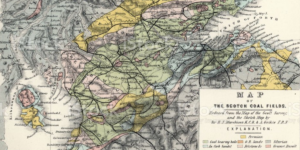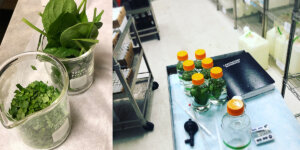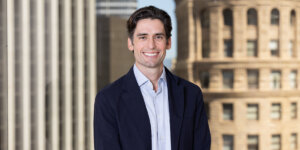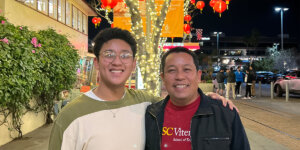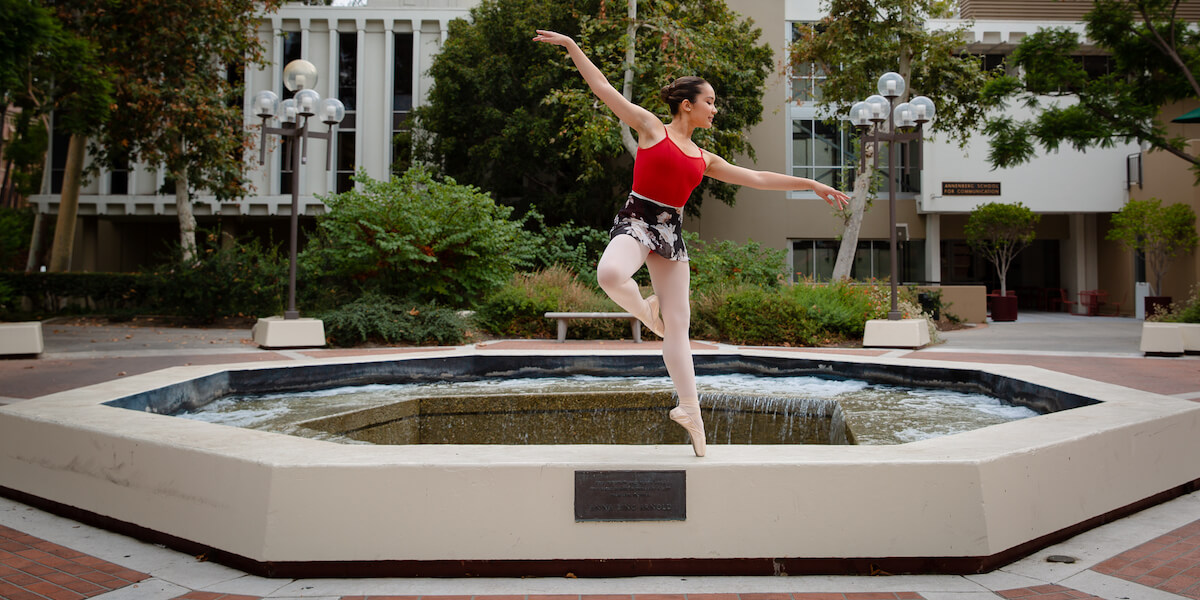
Kaitlyn Kumar on USC’s University Park Campus. Photo/Carolyn DiLoreto
At USC Viterbi, it takes more than a stellar academic record to stand out from the crowd. More often than not, good grades are simply a symptom of a lifelong curiosity for a particular topic or activity, combined with an engineer’s obsession to discover how things work.
That was the case for graduating student Kaitlyn Kumar, who combined her major in mechanical engineering with a minor in dance. Arguably, her minor is her source of momentum – whether she’s designing an exoskeleton for astronaut moonwalkers, or refining the most streamlined racecar in her role as chief engineer of USC Racing, each of her academic successes can be traced back to her passion for dance.
As one of 10 graduating seniors awarded the $10,000 Renaissance Prize, recipient of the 2024 Gary Norris Award, and part of the USC team who won second place at this year’s AIAA student competition, Kumar shares the secret of her success. Align your heavy workload with the forces that truly drive you forward, and you might just find that life’s lighter than you think. What else would you expect from a mechanical engineer?
The combination of mechanical engineering and dance is intriguing. How do the two practices inform one another?
Kaitlyn Kumar: One of the primary reasons that I chose to study at USC Viterbi was because of the interdisciplinary emphasis of Engineering+: the ability to study my two passions simultaneously and to find a way to make these two very disparate fields make sense together.
As a dancer, I’m very aware of how my body moves and what is required to create a certain image or series of shapes in performance. The mark of a good dancer is continuity – the ability to keep the movement flowing. From an engineering perspective, I was curious about how that translates to mechanics.
Things really started to connect for me when I took a class with Professor Francisco Valero-Cuevas, whose research focuses on biomedical engineering with applications in physical therapy and neuromechanics. That class taught me to think about where movement comes from, how to reprogram the way the human body moves and then reprogram those dynamics into devices that assist movement.
How have you applied those new perspectives in hands-on projects?
It’s been incredible to be part of the USC Dynamic Robotics and Control Laboratory (DRCL), where I worked on a research project exploring the nature of human movement, and what it takes to make a quadruped robot dance.
Then, in my final year, I had the chance to apply what I’d learned in my senior design project – working with a group of friends from DRCL, we designed an exoskeleton to assist lunar locomotion. The concept was geared towards increasing jump travel for astronauts navigating the terrain of the moon, but the exoskeleton is equally effective here on Earth.
An exoskeleton for astronauts
Writing about my experience of connecting human movement and robotics, I was awarded the Renaissance Prize which recognizes the achievements of students who pursue widely separate fields of study. In addition, the exoskeleton project went on to win second place at the regional AIAA student conference, the culmination of a long year of hard work.
Overall, it’s amazing to see all these pieces coming together, and feeling that I have managed to accomplish what I first dreamed of when I came to USC.
What has been your greatest challenge during your university career?
The study of engineering is one challenge after another – the pressure to succeed is how I learn best. But if I was to single out one thing, it would be my involvement in the student-run team USC Racing, where I eventually served as chief engineer.
I’ll admit, when I joined USC Racing, I had almost no interest in cars or the automotive experience. I joined because I wanted to apply the fundamentals that I was learning in my classes… I needed to work on something very material.
I started out as ergonomics/brakes lead on the team, and when I became chief engineer I wasn’t yet aware of how challenging it is to run a team with our ambitions. Last year we placed 8th out of 121 teams in design finals at the International Formula SAE competition, and we’re the only student design team with a NASCAR trophy. The pressure to succeed is real.
Most people don’t realize just how much thought goes into every part of a racecar. Since students are driving these cars, there is a lot of care applied to the design and manufacturing of every component of the car. We have a 480 pound vehicle geared to a top speed of 75 miles an hour, that can accelerate like a Porche GT3. Everything is designed and built in-house. If we mess up in our design and we don’t engineer properly, the repercussions are extremely high.
Being a technically minded person and a detail-oriented systems thinker, I approach tasks very analytically – I’ve been that way all my life. But managing a team is all about the people; I can’t execute a technical vision if I can’t find a way for all of us to connect and communicate. So, I’d say that my experience in team leadership was my greatest challenge of my whole time here, but it’s also going to be my most useful skill as I enter graduate school and eventually take on an industry role.
What’s next for you after graduating?
I’ll be attending Johns Hopkins University, where I’ll be pursuing a Master’s in Robotics. I am very lucky to be offered a Laboratory for Computational Sensing + Robotics Distinguished Scholarship, as well as a Rubenstein fellowship. I’ll be focusing on medical robotic and bio–robotic systems, and my moonshot goal is to create my own startup for assistive devices. And of course, I’ll always be dancing!
Published on May 7th, 2024
Last updated on May 7th, 2024




